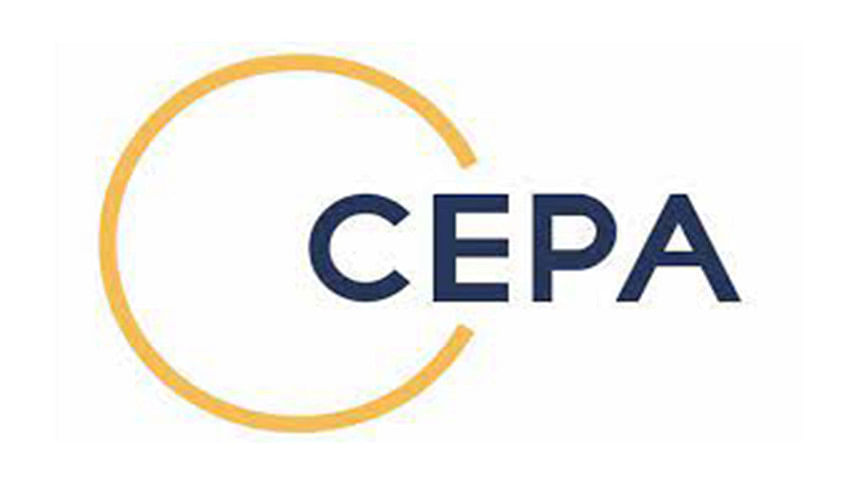Govt getting ready for CEPA talks with India

Bangladesh has started the groundwork to begin negotiations for signing a Comprehensive Economic Partnership Agreement (CEPA) with India, as has been agreed upon by top leaders of both countries last month.
If it is finally signed, the CEPA will be the first, full-fledged trade agreement for Bangladesh.
The country has been lobbying with major trading partners for many years to get free trade agreements (FTAs) signed.
So far, only a preferential trade agreement (PTA) could be signed with Bhutan in December 2020.
It enables duty free access to 34 Bhutanese and 100 Bangladeshi goods.
"We are taking our preparations for starting the negotiation with India as this is a trade agreement which has three components -- tariff, services and investment," said Senior Commerce Secretary Tapan Kanti Ghosh.
Senior Commerce Secretary Tapan Kanti Ghosh said since India was a very big source for imports and also a big potential export destination, a lot of research needs to be conducted before the formal start of the negotiations
Ghosh said since India was a very big source for imports and also a big potential export destination, a lot of research needs to be conducted before the formal start of the negotiations.
So, the commerce ministry is conducting studies to identify the kinds of goods Bangladesh imports, the kinds of goods that may be exported to India and the historic trade trends between the two countries, he said.
However, neither country has sent any formal letter so far on starting negotiations.
Still, Prime Minister of Bangladesh Sheikh Hasina and Prime Minister of India Narendra Modi had announced in a joint statement that the CEPA negotiations would start from December this year.
"I am also hopeful that the formal negotiations will start from December," Ghosh also said.
Since the CEPA is a detailed form of an FTA and India is a major source for imports, experts suggested maintaining a list of sensitive commodities so that the government can also generate a significant amount of revenue from import duties from India.
Last fiscal year, Bangladesh imported goods worth $16.19 billion from India, the second biggest source of imports after China.
The Bangladesh government also generated more than Tk 15,000 crore from the import duty from India.
Also last month, a joint study said Bangladesh might not make a large gain from the proposed CEPA as Bangladesh would lose its duty-free market access benefit to the Indian markets which was provided for it being a least developed country (LDC).
Comparatively, India will make a larger gain from the trade deal primarily because through the removal of high tariff rates which it currently faces in Bangladesh, said the Joint Feasibility Study on the CEPA.
Bangladesh Foreign Trade Institute (BFTI) and the Indian Centre for Regional Trade (CRT) jointly conducted the study last week based on trade data of both countries between 2015 and 2020.
Prime Minister of Bangladesh Sheikh Hasina and Prime Minister of India Narendra Modi on September 5 discussed the proposed CEPA negotiations during an official visit of Hasina to India.
The CEPA is a part of Bangladesh's preparations for retaining duty benefits once it makes the United Nations status graduation from an LDC to a developing nation in 2026.
Moreover, Bangladesh has the potential to benefit from the trade of services in tourism, transport and educational cooperation and also creation of jobs locally from Indian investment.
However, Bangladesh should slowly liberalise or maintain a list of sensitive products which is widely practised in signing such deals worldwide, experts said.
Therefore, the trade relationship with India is dominated by imports. If goods and services through informal channels were considered, imports from India would increase substantially. India is an important travel, education, and health tourism destination for Bangladesh, the study said.
Bangladesh is one of the most protected economies in the world with the nominal protection rate being as high as 27 per cent.
If Bangladesh signs an FTA with India, leaving the current high tariff rates unchanged, trade diversion effects will be substantial.
It has been estimated that an FTA or CEPA-kind of agreement with India alone could result in trade diversion worth of $700 million, said MA Razzaque, research director of Policy Research Institute (PRI).
This is the amount of trade that is now taking place with other countries but would be lost due to preferential tariffs granted to one country, he said last month.
Furthermore, about 14 per cent of Bangladesh's imports are sourced from India with an average applied tariff rate of more than 20 per cent.
"We have estimated that the potential tariff revenue loss from a comprehensive bilateral goods trade agreement with India will be to the tune of around $2 billion," he added.
Some 67.3 per cent of the total capital goods imports from India were duty free followed by 56.9 per cent of fuel imports and 30.2 per cent of industrial supplies.

 For all latest news, follow The Daily Star's Google News channel.
For all latest news, follow The Daily Star's Google News channel. 



Comments